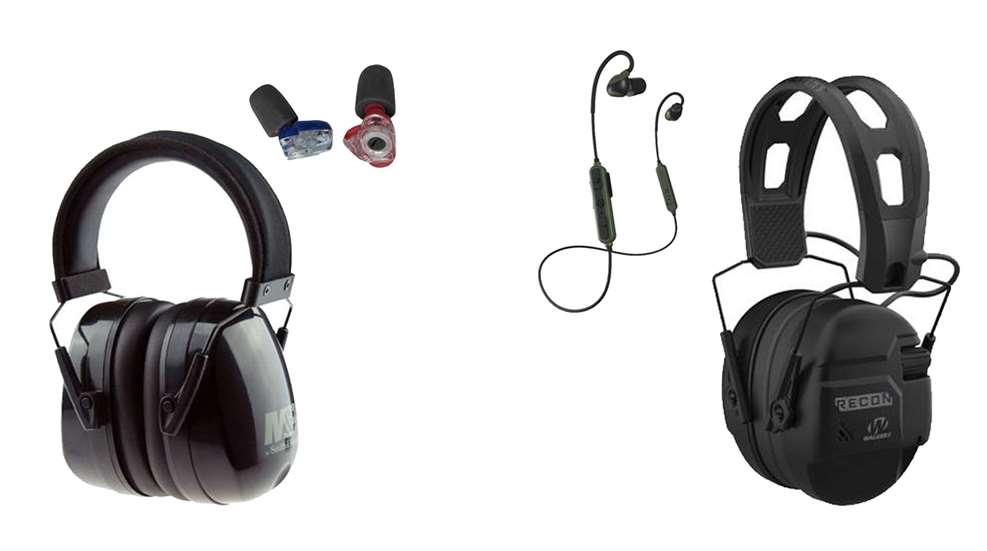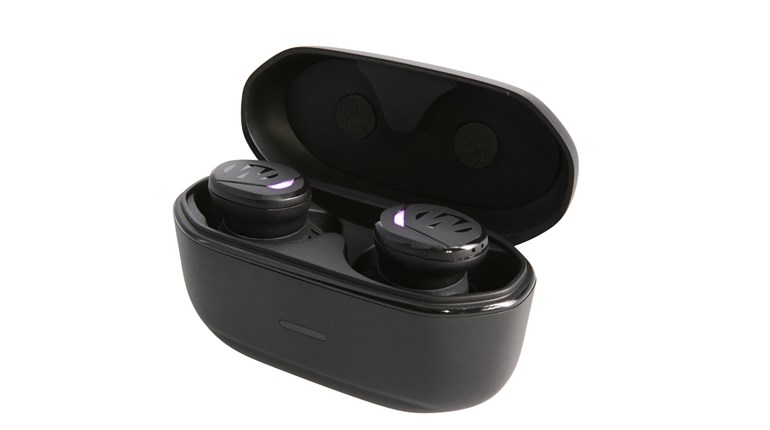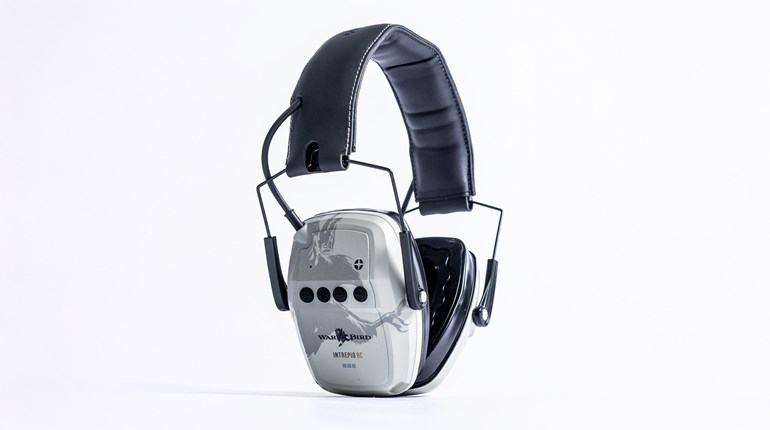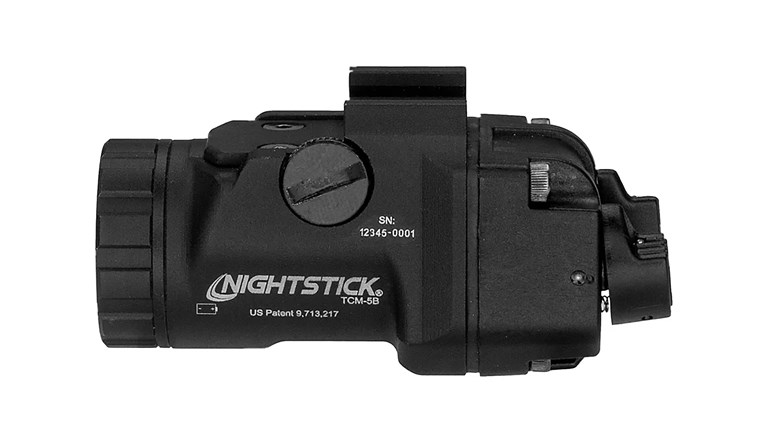
We gun owners are well aware of the importance of protecting our hearing while shooting. Exposure to gunfire without proper protection can lead to irreversible hearing damage, and we only have one set of ears. When it comes to safeguarding your hearing, there are two primary options: electronic and non-electronic hearing protection devices. Both have benefits and drawbacks, which warrant careful consideration before picking the best one - and by “best,” I mean whatever fits the situation. For example, you might choose one over the other if you’re shooting indoors vs. outdoors. That said, let’s dive in.
Benefits of Electronic Hearing Protection
Active Noise Reduction: Electronic hearing protection devices use advanced technology to actively reduce loud noises while allowing softer sounds to pass through. This feature enables gun owners to hear range commands, conversation, and ambient noise while still being protected from the harmful effects of gunfire. The active noise reduction works by allowing sound in during cease-fires but instantly shutting off the microphones when guns start firing.
Directional Sound Amplification: Many electronic earmuffs have directional microphones that amplify sounds from specific directions. This can be particularly beneficial for hunters who must remain aware of their surroundings while tracking the game or if you’re in a class and need to hear the instructor but don’t want to keep taking your muffs on and off.
Communication Capabilities: Some electronic earplugs and earmuffs feature built-in communication systems, allowing you to stay connected with your shooting partners or instructors without compromising your hearing protection.
Comfort and Convenience: Electronic hearing protection devices are often designed with comfort in mind, featuring padded ear cups and adjustable headbands for a personalized fit. Many models offer convenient features like foldable designs for easy storage and transportation. In the old days, electronic protection was limited to muff-style only, but today you can choose inside-the-ear models that work just as well and don’t interfere with rifle stocks.
Drawbacks of Electronic Hearing Protection
Cost: Electronic hearing protection devices typically cost more. While the advanced features may justify the cost for some users, others may find it prohibitive, especially if they don’t shoot very often.
Batteries: Electronic earmuffs and earplugs require batteries to power their noise reduction and amplification. Forgetting to replace or recharge the batteries can leave you with just a dead pair of muffs or plugs that stop noise but don’t let you hear as well.
Benefits of Non-Electronic Hearing Protection
Cost-Effectiveness: Non-electronic hearing protection devices, such as foam earplugs and passive earmuffs, are generally more affordable. For instance, foamies are darn cheap and only a few dollars for a boxful. This makes them a practical choice for budget-conscious gun owners or those who prioritize simplicity over advanced features.
Reliable Protection: Non-electronic hearing protection devices offer consistent and reliable noise reduction without needing batteries or electronic components, making them particularly useful in rugged outdoor environments where reliability is important.
Minimal Maintenance: Unlike electronic hearing protection devices, non-electronic options have fewer components that can malfunction or require maintenance. Simply replacing disposable earplugs or occasionally cleaning passive earmuffs is all you need to keep them working. And if they break, they’re relatively cheap to replace.
Drawbacks of Non-Electronic Hearing Protection
Reduced Situational Awareness: Passive earmuffs and earplugs block out all noise indiscriminately, including important environmental sounds such as range commands, limiting your ability to communicate and stay aware of your surroundings.
Communication Challenges: Non-electronic hearing protection devices can make it difficult to communicate effectively, especially in noisy environments like shooting ranges. Taking off the hearing protection defeats the purpose of having it, so that’s not an option, at least not a recommended one, so you’ll have to find some other way to communicate that won’t risk damaging your hearing.
Parting (Quiet) Shots
When it comes to choosing electronic or non-electronic hearing protection, there is no one-solution-fits-all. Each offers unique benefits and drawbacks, based on individual preferences, budget, and intended use. Ultimately, the best choice is one that balances the need for hearing protection with the specific demands of your lifestyle.






































